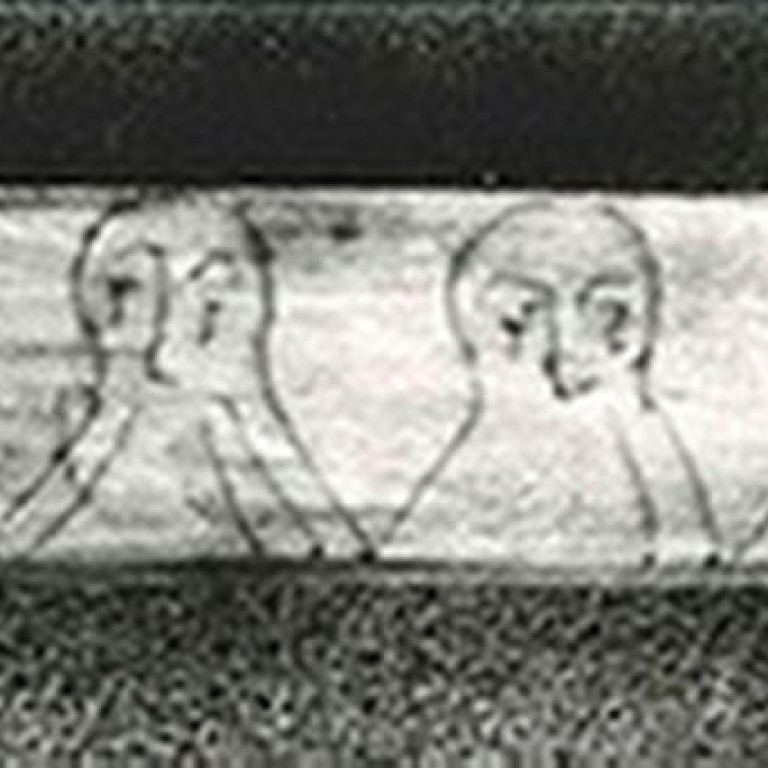
Norwegian academic Jonas Nordby cracks the ‘jotunvillur’ code
Mysterious Viking rune sticks revealed as the12th-century equivalent of text messaging
An ancient Norse code which has been puzzling experts for years has been cracked by a Norwegian runologist, discover what is the Viking equivalent of playful text messages.
The mysterious code, which dates to 12th or 13th-century Scandinavia, has been unravelled by Jonas Nordby from the University of Oslo, after he studied a 13th-century stick on which two men, Sigurd and Lavrans, had carved their name in both the code form and in standard runes.
They were used to communicate, like the SMS of the Middle Ages. They were for frequent messages which had validity in the here and now. Maybe a message to a wife, or a transaction
The code is found on only nine separate inscriptions, from different parts of Scandinavia, and had never been interpreted.
"The thing that solved it for me was seeing these two old Norse names, Sigurd and Lavrans, and after each of them was this combination of runes which made no sense," said Nordby, who is writing his doctorate on cryptography in runic inscriptions from the Viking Age and the Scandinavian Middle Ages.
He then realised that in , the rune sign was swapped for the last sound in the rune's name, so for example the "m" rune, , would be written as the rune for "r".
"I thought 'wow, this is the system, this is the solution, now we can read this text'," Nordby said.
But the code turned out to be extremely confusing, because many runes end in the same sound, "so you have to decide which one to choose".
So far, what he calls his "Rosetta stone", which was found at Bergen wharf, is the only place in which it is possible to be sure what the code says, although he believes another rune stick may well have been inscribed with the name Thorstein, and another with the name Einar.
Nordby said the sticks on which the code has been written, were "everyday objects, so you often find names on them, either because they used them to communicate that it was something they wanted to keep or sell, or for practising writing, or because they were talking about people so names occur frequently".
Many rune sticks have been excavated in Scandinavia, dating back to the 1100s and 1200s, he said. Just a few use codes, and even fewer use the code.
"They were used to communicate, like the SMS of the Middle Ages. They were for frequent messages which had validity in the here and now," he said. "Maybe a message to a wife, or a transaction."
Nordby believes the codes, and particularly , could have been used for education.
"It seems more and more clear that coded runes were not for keeping secrets, not for sensitive communications such as during the second world war, or like today's secure communications. But that actually, they were used to get to know the alphabet, or rune names," he said.
